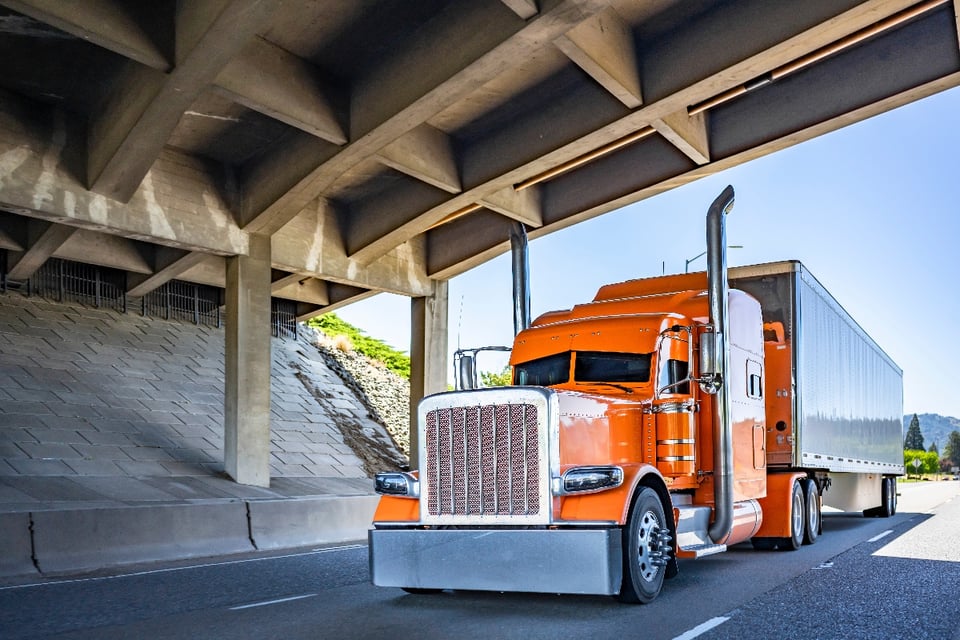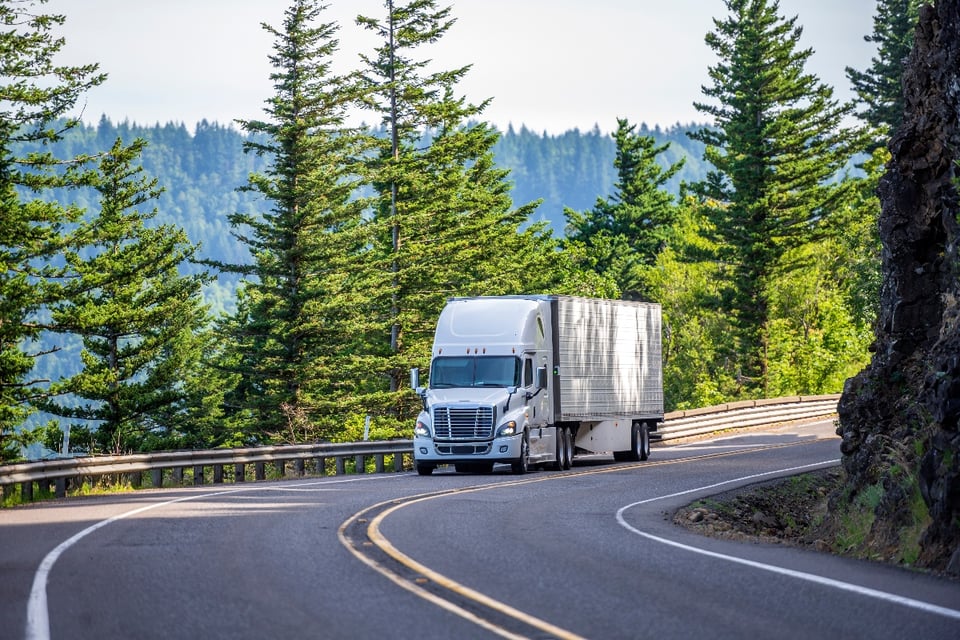Any AI engine needs quality data input to produce meaningful results. For trucking companies using Artificial Decision Intelligence, this means tapping into the wealth of data from their TMS. AI can take in information from their operations, offer insights for optimized decisions, and even implement final decisions automatically within the TMS, resulting in a frictionless experience for the user. With TMS-integrated AI, trucking companies can make their existing TMS more robust without any added effort.
The Trajectory of the TMS and Third-Party Integrations
Integrated solutions are reshaping the TMS. TMSs started as a foundation for digitalization, a tool for operations to streamline and complete tasks faster with fewer errors. Since then, freight technology has seen the addition of numerous advanced capabilities for companies to add to their tech stacks. Now, TMSs are headed in the direction of interconnectedness through integration. In the case of Optimal Dynamics, it’s not just a matter of interconnected functionality but also an interconnected flow of data enabling smarter decisions.
Integration expands the potential of the TMS while allowing trucking companies to avoid ripping and replacing their systems when a new solution comes along. They can build their tech stacks the way they need, choose to use the TMS that best fits their business and get all the benefits they’re looking for with added innovations.
AI Integration with 1-Way Versus 2-Way Data Flow
Essentially, Artificial Decision Intelligence integrated with the TMS is a way for companies to use their own data to elevate the quality of their decisions. Data flows from the TMS to the AI engine, running thousands of simulations and producing concrete answers that users can implement. This illustrates a one-way data flow, but two-way integration is also possible, allowing the results to flow back into the TMS automatically.
There is no additional manual work for users to transfer decisions into action with two-way integration. As long as the data is high-quality, with special attention to data hygiene and fidelity, they can trust the accuracy of the results. With Optimal Dynamics, users get a numeric score representing the AI engine’s mathematical confidence in proceeding with their recommended decisions.
The Potential of AI/TMS Integration for Trucking Companies
What types of operational decisions can trucking companies use integrated AI for specifically? In short, everything from load acceptance to driver assignment:
- Load Acceptance - Load planners have to make load acceptance decisions often days in advance and with incomplete and uncertain data about where their drivers will be. AI, on the other hand, can run countless simulations in an instant to forecast where drivers will be in the future and the individual load’s impact on the overall network profitability. By integrating this functionality with the TMS, the load planner is now able to maximize profits with each load acceptance decision.
- Driver Assignment - With AI, dispatchers can make optimized load-to-driver assignments across all drivers and loads simultaneously, and incorporate driver preferences and choices. The Optimal Dynamics platform even presents ranked options for each driver, incorporating the ripple effect each choice may have on the network.
The key advantage is that Execute by Optimal Dynamics™ understands the downstream impact of accepting/rejecting each load and assigning each driver, and incorporates this impact into operations. This blend of known and forecasted information means a load planner can make the optimal decision days in advance, and have a seamless, optimized logic between load acceptance and dispatching.
The Benefits of Artificial Decision Intelligence
By facilitating real-time data exchange, trucking companies get a streamlined way to use their data with advanced technology. When this happens automatically, it decreases manual errors, saves time, and reduces operational costs. It also saves on costs in other ways, through the results of the AI engine leading to better asset utilization.
BCB Transport out of Mansfield, Texas, is just one example of Optimal Dynamics’ AI results in action. They saw an increase of over 19% in revenue per truck per week, paired with increased operational efficiency, allowing them the opportunity to operate with 16% fewer tractors.
By using AI trucking companies can unlock their potential for optimized decision-making, unlike what is possible with manual methods or even the assistance of standard technology.
How Carrier TMS-to-Artificial-Decision-Intelligence Integration Works
Optimal Dynamics has streamlined Artificial Decision Intelligence further for certain platforms. Through certified integrations with McLeod, and a pending integration with TMW (Trimble), customers of these TMSs can expedite deployments, simplifying the change management associated with adding AI to their tech stack.
As the diagram below shows, data flows from the TMS to Optimal Dynamics’ platform via API, where calculations and simulations are performed, and webhook events automatically push the results back to the user and on to the TMS for implementation (with two-way integration).

The TMS automatically reflects the decisions recommended by Optimal Dynamics while avoiding the “swivel-chair” process of switching between platforms. Ensuring this level of continuity in user workflows makes it easy for trucking companies to optimize their decisions with AI.
Put Your Data and AI to Work Within Your TMS
Joining AI and TMSs through third-party integrations represents the next step in the evolution of the TMS. Trucking companies can use their real-time data with the advanced computing power of AI engines and simulations to make decisions that increase efficiency, profitability, and growth.
With Optimal Dynamics’ certified integrations with McLeod and TMW, companies get the benefits of AI applied directly to their TMS, along with a streamlined deployment process.
Get in touch for a demo to learn more about Optimal Dynamic’s third-party integrations.




